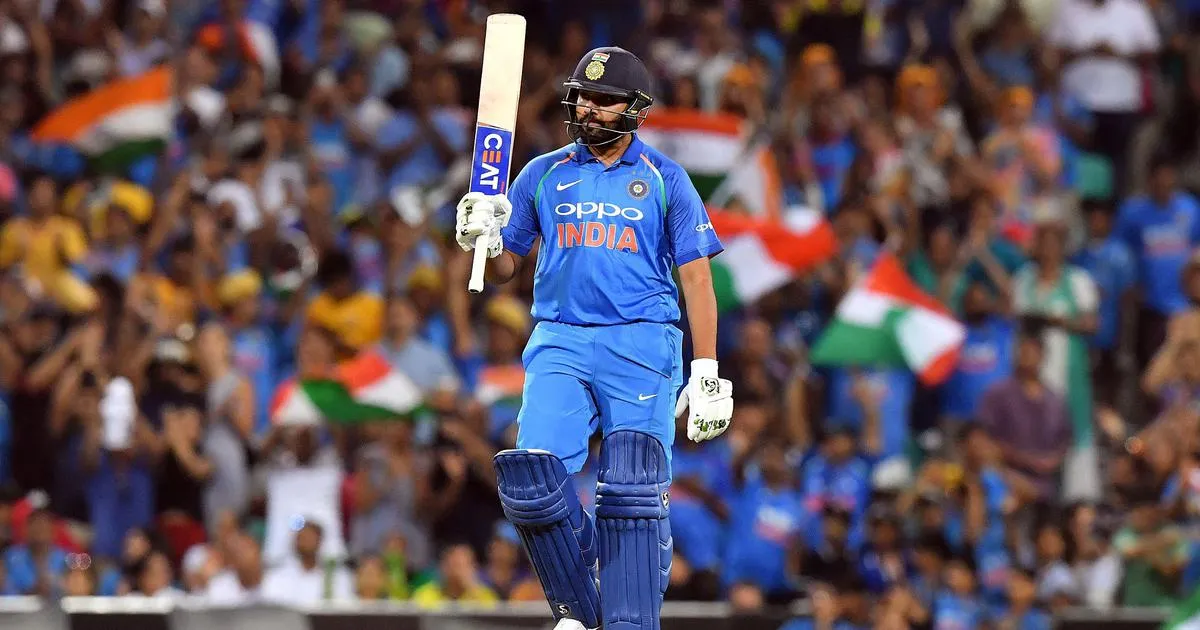New Delhi: The International Cricket Council (ICC) has taken a big step to address the lack of balance between bat and ball in One Day International (ODI) matches . The ICC has changed the long-standing rule of two new balls in the 50-over format.
This change has been announced as part of major rule changes across all formats on June 27, 2025. It is being seen as a step towards correcting the balance that has been tilted in favor of batsmen for more than a decade.
ICC changed the rules
According to the new ICC rule, ODI matches will still start with two new balls, but they will be used only for the first 34 overs of the innings. After this, the fielding team will choose the better condition of the two balls for the last 16 overs. The purpose of this is to give the ball more time to wear, so that reverse swing can occur and bowlers can get a chance to bowl different varieties at the end of the innings. This changed two-ball rule will be implemented from the ODI series between Sri Lanka and Bangladesh from July 2.
ICC said in its official statement, ‘Two new balls will be used for the first 34 overs of the ODI innings, after which the fielding team will choose one ball for the remaining overs.’
What did the Old Testament say?
The previous rule, introduced in October 2011, required the use of two new balls (one at each end) during an ODI innings. This resulted in each ball being used for only 25 overs. The rule was initially introduced to keep the ball clean and hard for longer, but had the unintended consequence of eliminating reverse swing and diminishing the role of spinners, especially in the crucial death overs.
Earlier, the same ball was used throughout the innings in ODIs. Umpires would change the ball (usually after the 35th over) only when it became too worn or discoloured. This old method allowed the ball to wear and reverse swing, making death over bowling more unpredictable and effective.
Most Read Articles:-
-
Railways Waiting List Rules: Railways changed another big rule regarding ticket booking! Check all details here
-
Government’s big decision for employees, now they will get the benefit of weekly leave
-
Big gift to Anganwadi workers, 10% increase in honorarium, will get benefits
-
Railways Big Announcement…! trains on this route canceled for the next 14 days
-
US Visa Rule: Now US visa entry will be decided through social media, know the new rule
